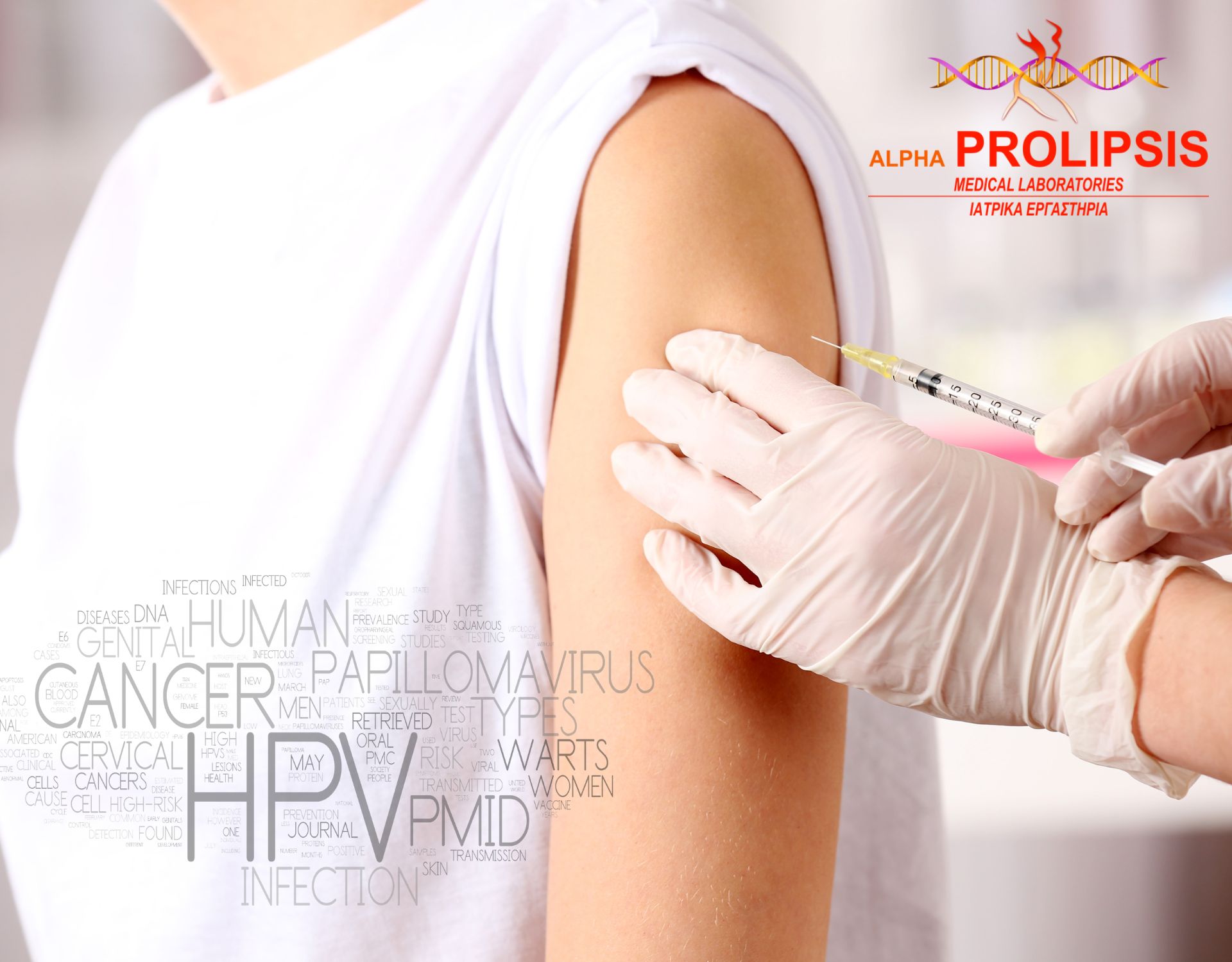Cervical cancer in most cases occurs due to a sexually transmitted infection with Human Papilloma Virus (HPV). Since the cause and risk factors are known, prevention of this cancer is possible to some extent. However, those with a genetic predisposition to the cancer, may still go ahead to develop the cancer despite preventive measures.
Some of the preventive measures include:
Safe sex measures
Since there is a strong association between HPV infection and cervical cancer, safe sex measures can prevent cervical cancer. Barrier contraception such as condoms should be used especially at the beginning of a sexual relationship and sexual intercourse with a promiscuous or little known partner. Both partners should get regularly tested for sexually transmitted infections (STIs) at a sexual health clinic. All tests are free and confidential.
HPV vaccination
There is a vaccine against HPV. The vaccine protects against HPV infection provided it is given before an individual begins his or her sexually active life. Girls should be offered the HPV vaccine as part of their routine childhood immunisation programme.
The vaccine should be given to girls who are 12 to 13 years old, with three doses provided over a six-month period. Boys also need to be vaccinated against HPV for prevention of genital warts, anal cancers and for prevention of spread of HPV to their potential female sexual partners.
Gardasil, is licensed and manufactured by Merck & Co. is a vaccine against HPV types 6, 11, 16 & 18. Gardasil is up to 98% effective. It was approved by the US Food and Drug Administration on June 8, 2006.
GlaxoSmithKline has developed a vaccine called Cervarix which has been shown to be 92% effective in preventing HPV strains 16 and 18 and is effective for more than four years. HPV vaccines are targeted at girls and women of age 9 to 26 because the vaccine only works if given before infection occurs
Routine screening for cervical cancer
According to regulations, all women between 25 and 49 are invited to get screened for cervical cancer once in every three years. Those between 50 and 64 years are asked to get tested every 5 years. Those with an initial abnormal cytology report may be called in for screening more frequently.
Various organizations have varying recommendations on the intervals between screening tests that vary between 1 year to 5 years. The American Cancer Society (ACS) recommends that cervical cancer screening should begin approximately three years after the onset of vaginal intercourse and/or no later than twenty-one years of age.
Guidelines vary on how long to continue screening. Most, however, agree that women who have not had abnormal smears can stop screening about age 65 (USPSTF – United States Preventive Services Task Force) to 70 (ACS).
Screening is performed using cervical smear tests or Papinicoloau smears or Pap smear tests. It is a painless and relatively effective way to detect abnormal changes in the cells of the cervix at an early stage. Screening tests are important even in women who have been vaccinated against HPV. The earlier the diagnosis is made the better chances of cure there are.
Stopping smoking
Risks of cervical cancer may be lowered by quitting smoking. Smokers are less able remove HPV infection from their bodies and are thus at a higher risk of cervical cancer.
Adequate and appropriate nutrition
Studies have shown that higher levels of fruits and vegetables in diet is associated with a 54% decrease risk of HPV persistence that means reduction in cervical cancer risk. Vitamin C also lowers the risk of persistent HPV infection.
Women with higher folate status also in addition are significantly less likely to be repeatedly HPV test-positive and more likely to become test-negative.


